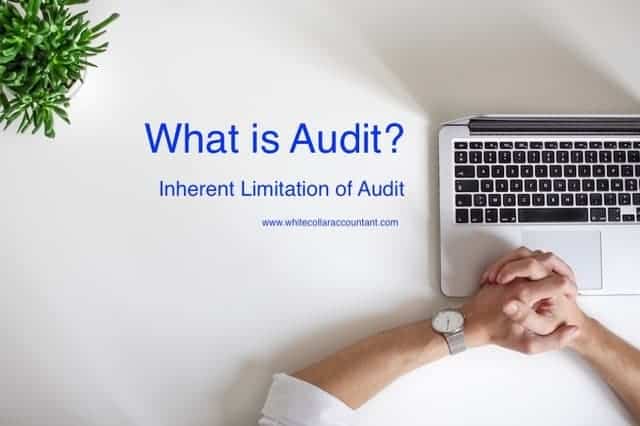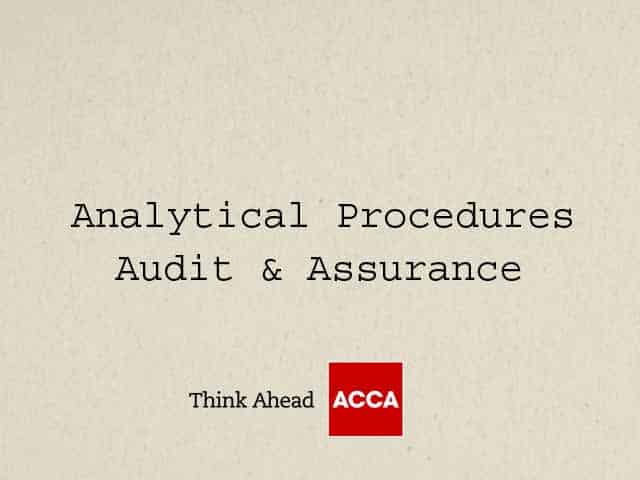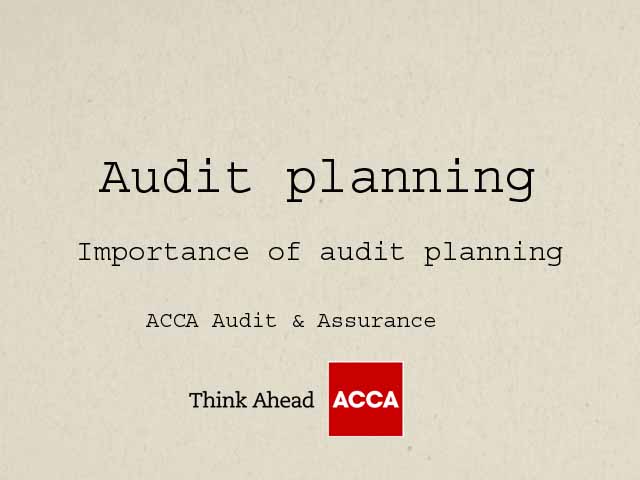ACCA AA Syllabus 2025
ACCA Audit and Assurance (AA) ACCA AA Syllabus 2025 Topic-wise Notes What is Audit? First of all the basic means of Audit is investigations. Another way in accounts, this word being used Audit for the examination of Financial Statements prepared by entities annually. Likewise, ACCA AA (F8) is a theoretical paper that Probably consists of…








